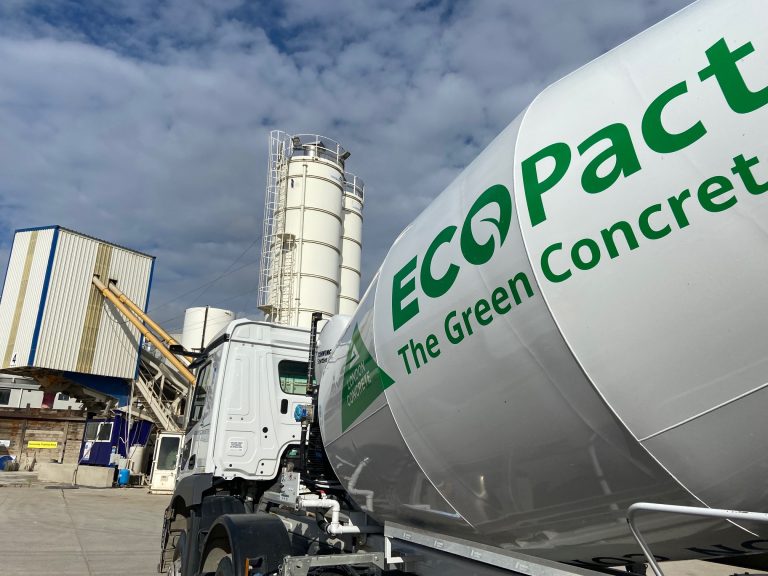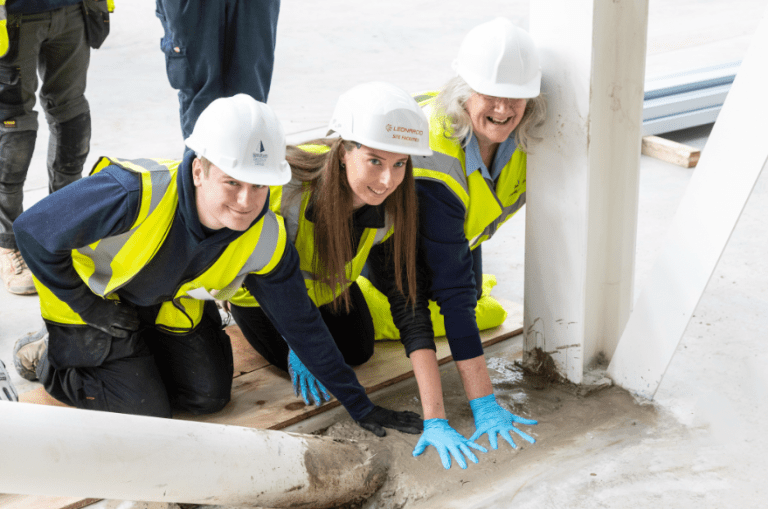Ordering and purchasing products online have become the norm in recent years. While brick-and-mortar stores continue to attract buyers, the shift of preference is hard to miss. The drastic change in consumer behavior may be attributed to the rise of mobile technology, though the advantages offered by virtual shopping could have also influenced this movement. A global consulting firm survey in 2021 found that 48% of consumers reported having changed their shopping habits due to the global pandemic. Aside from the shift in priorities, shoppers have also found efficiency and convenience in contactless transactions and virtual customer experience. Hence, online ordering is expected to grow continuously in popularity and influence across industries, including manufacturing. Both manufacturers and clients have benefited from the shift in how transactions are done. In the past, clients spent days waiting for companies’ quotes before placing an order. Meanwhile, manufacturers also waste time and effort in sending numerous quotations to clients without a guarantee of making a sale. These inconveniences and delays are significantly reduced with online transactions. If you’d like to know of other ways online ordering has made an impact on the manufacturing industry, here are some examples: Virtual business transactions improve efficiency for companies and customers. Aside from the time saved conducting business online, they also improve order accuracy, reduce errors, and allows customization when needed. For instance, customers who require CNC cutting services can upload CAD files on an ordering platform, giving the engineers a detailed picture of the design they want to achieve. Aside from enhanced order accuracy, clients can receive lead times and price quotations faster with online ordering. For example, a client requiring tube cutting can place an order online with the design, size details, and lead time required. Before the order is completed and processed, the client can review the prices for each service, the shipping costs, the expected completion date, and other information to help them decide if they should push through with it. Overall, online ordering can benefit service providers and their clients as it helps everyone save time, effort, and resources. In the past, many manufacturers focused on mass production, which left little room for customization. Today, online ordering is becoming more competitive than ever, so businesses have transformed their services to cater to the consumer’s requirements. Besides customization, online ordering platforms give customers more freedom to explore a company’s products and services. Clients can spend as much or as little time at an online shop, and they also have control over what they view. With a user-friendly interface, your online ordering platform can help you attract and retain customers because of the positive consumer experience you provide. The virtual connection between manufacturing companies and their customers allowed companies to gain valuable insight into consumer mindset and behavior. For instance, companies can gather data from ordering platforms to create customer profiles which they can use to enhance their products and services or improve their marketing strategy. Furthermore, customers can take advantage of the opportunity to provide company feedback through online platforms. Clients can answer surveys, leave a rating, comment on products or services they used, or ask questions through a company’s online portal. Then, the collected information can be used by manufacturers to improve the quality of their products and make adjustments to their current business processes as needed. While the present world market still has opportunities for brick-and-mortar shops, the positive impact of online ordering platforms on manufacturing overhead costs cannot be overlooked. For one, maintaining a physical store in the United States can cost between USD$2,000 and USD$100,000. However, the prices depend on the size of the operations. Many small and medium enterprises prefer to channel their resources toward other business areas, which is why online shops are ideal. By reducing operational costs, manufacturers can direct their investments on product improvement, customer service, web design, or price competitiveness. While saving money, business owners can also improve their products and services, which positively impacts the company and its clients. According to a 2022 report by business solutions provider Raydiant, 55.6% of customers prefer shopping online. This figure embodies the consumer mindset that manufacturing businesses can take advantage of. For one, companies can expand their scope to various locations to cater to more clients. They can also offer more products as they won’t have to address space limitations like brick-and-mortar shops. Conclusion The impact of online ordering on the manufacturing industry is expected to last, and the transformation will continue as long as it supports growth for both landscapes. Meanwhile, business owners can take advantage of this trend and utilize it to improve the quality of their products and services. The enhanced connection with their customer pool and potential business can also help drive growth and revenue, which is why manufacturers should optimize their online ordering opportunities.














